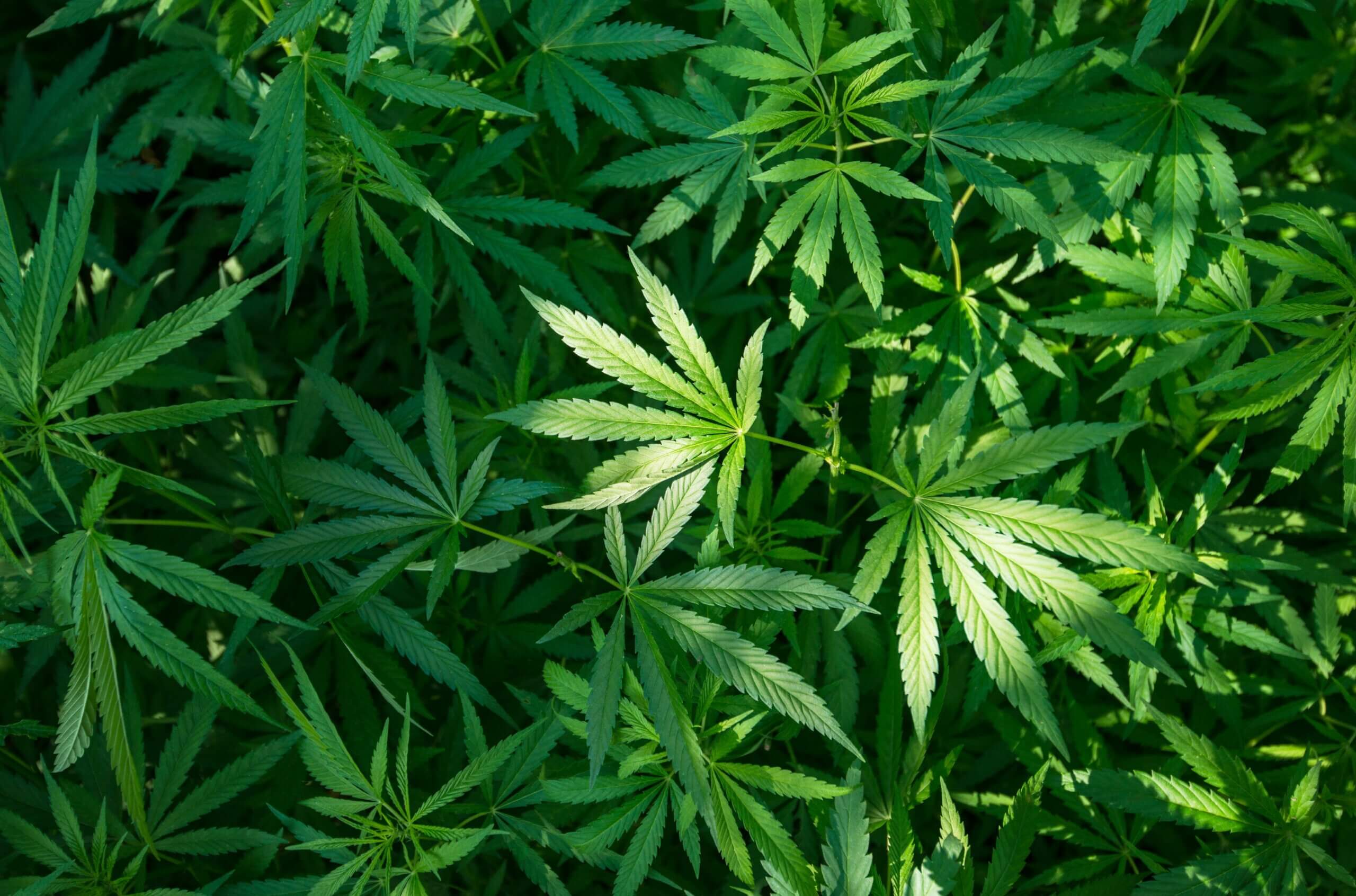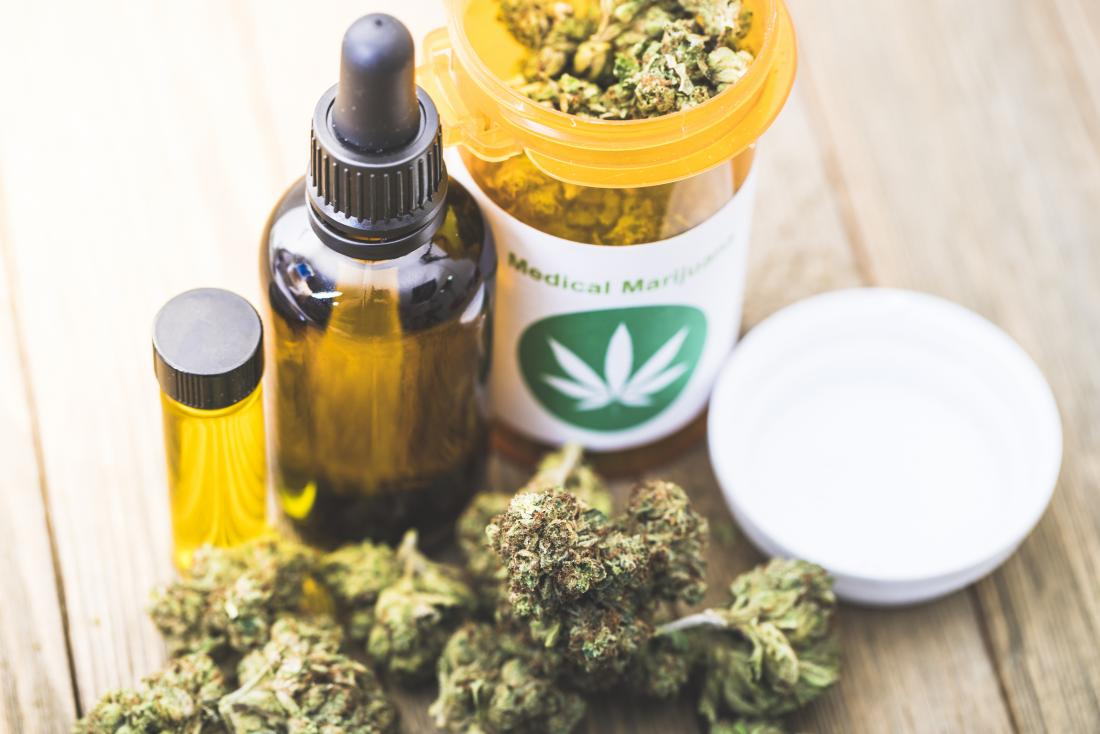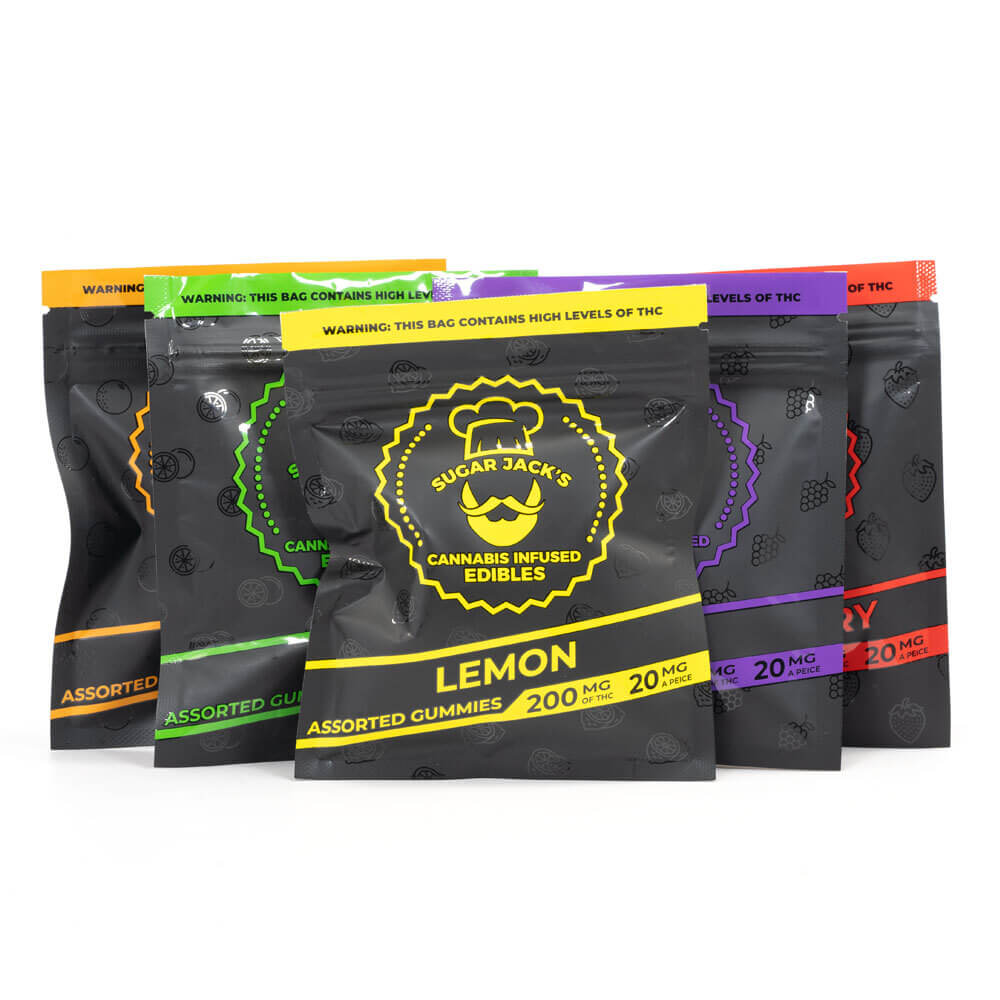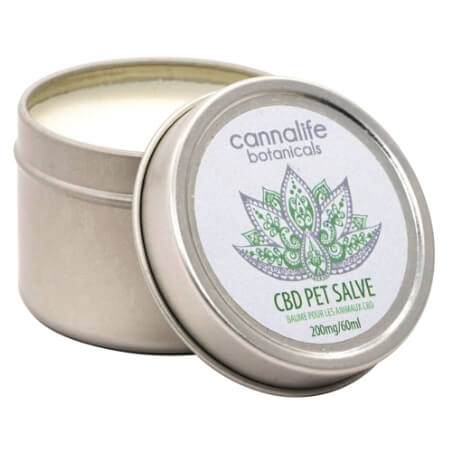No products in the cart.
What is Cannabis – Everything You Need to Know!
23 Jan 2023

From its ancient history to its modern-day applications. Cannabis has been a significant part of human culture for millennia. With the recent legalization of recreational and medicinal marijuana. Now in many states and around the world. The plant is more popular than ever.
Whether you are curious about its medicinal benefits. Recreational use, and simply out of interest. You’ve come to the right place. In this article, we explore the history, its effects, and the science.
We’ll also discuss the different varieties of cannabis. As well as the various ways it can be consumed. By the end, you’ll have a comprehensive understanding of cannabis and its effects on humanity. So, let’s begin!
History of Cannabis
The history of cannabis is thousands of years long. With many different cultures utilizing it in their daily lives. Archaeologists believe that it may have been one of the first plants ever cultivated by humans.
Due to evidence of its cultivation in ancient Chinese soil dating back to 7000 BC. Chinese emperors would often use cannabis as an incense.
As well as a source of textile fibers. You may recognize the Chinese character for hemp.
Cannabis was then introduced to the Middle East and Europe during the medieval era. Where it was primarily for medicinal purposes.
In fact, many of today’s common medical terms have their roots in the Latin word for cannabis: cannabis, sativa, indica, and ruderalis. Even the word “cannabis” itself is from the Persian word “kanbaba”, meaning “merchant”.

Types of Cannabis
There are three major species of cannabis:
Cannabis sativa, Cannabis indica, and Cannabis ruderalis. Each of these species has different characteristics that affect their appearance, effects, and applications.
While sativa and indica species are the most common species. The rarer species ruderalis is typically for hemp production.
Sativa: This species of cannabis is typically known for its high levels of THC. As well as low levels of CBD. Sativa is typically for recreational purposes, and for medicinal purposes.
Indica: Unlike sativa, indica is typically known for its high levels of CBD and low THC. Indica is typically known for its relaxing and calming effects.
This makes it the preferred choice for medicinal purposes.
Effects
The effects of cannabis are highly subjective, as they vary from person to person. However, there are a few common effects that most people experience after consuming cannabis.
One of the most significant effects of cannabis is its ability to induce calm and relaxation.
The chemical makeup of CBD, is thought to induce feelings of calm and relaxation. CBD activates the serotonin receptors in your brain.
Cannabis can also be used to temporarily alleviate symptoms of anxiety, chronic pain, and insomnia.
Additionally, there is evidence that it can be useful in the treatment of several mental health disorders.
Such as Post-Traumatic Stress Disorder (PTSD) and depression. It is important to note. However, that cannabis can also worsen symptoms in some mental health disorders.
Cannabis also comes with a number of short-term side effects. This includes dizziness, a change in perception, and difficulty with coordination.
Ways to Consume
There are many different ways you can consume cannabis, depending on your preferences, health status, and the effects you’re looking to achieve.
The most common ways to consume are smoking, vaporizing, and ingesting. Inhalation is the most common method of consumption.
Due to its ease of use and high level of efficacy. However, it is important to note that not all methods of consumption are equal.
Inhalation methods, such as smoking, can lead to serious adverse health effects. Whereas ingestion methods, such as eating, are typically much less harmful.
There are also a number of different products that you can consume. These include:
Edibles: Edibles are foods that infuse with cannabis extracts. They are taken orally, but can also be under the tongue.
Tinctures: Cannabis tinctures are extracts in alcohol and water. You apply it sublingually, as well as ingestion.
Sprays: Cannabis sprays are extracts in alcohol and water as you appliy it sublingually.
Capsules: Cannabis capsules are extracts in gelatin or vegetable capsules.

Different Uses of Cannabis
While this article primarily focuses on the medical and recreational uses of cannabis. there are many other uses of the plant, as well.
It has has been in textiles over the centuries, including rope and fabrics. Additionally, it can be a alternative energy source. With many companies using its biomass to produce electricity.
Hemp is a variety of Marijuana that is grown for its seeds and stalks. Seeds are put into food products, such as bread, salad, and granola bars. Hemp stalks can turn into fibers and make fabrics, rope, and paper.
Understanding Strains
Just like with other plants, different strains are born with different characteristics in mind. While there are a lot of different varieties of cannabis. The most common strains, in terms of availability, are:
Blue Dream: Blue Dream is a hybrid strain that is high in THC and low in CBD. Blue Dream is a popular strain. That is for new users due to its mild psychoactive effects.
Platinum Kush: The potent effects of this indica-dominant hybrid are perfect for anyone wanting to hit the sack early. As well as wind down after a long day. This strain is also popular among medical marijuana patients. These patients use it to treat pain, anxiety, and insomnia.
Mental Health
Cannabis is often along side mental health. While the plant’s associations with mental health are typically positive, it is important to note that there is a significant connection between cannabis and mental illness.
Specifically, there are a few mental health disorders that cannabis can worsen. Including schizophrenia, bipolar disorder, and psychosis. For people who are at risk of developing a mental health disorder. Consuming marijuana may increase the likelihood of developing the disorder.
It may also trigger a relapse for people who are in remission. Cannabis’ impact on mental health is complex. While it can cause harm in some cases, it can have therapeutic effects.
Marijuana can reduce the symptoms of anxiety and depression. It can also help treat mental health disorders, such as PTSD.

Conclusion
Cannabis is a fascinating and versatile plant, with many modern day applications. With the recent legalization of recreational and medicinal in many states. It is more popular than ever before.
Whether you are curious about marijuana for its medicinal benefits. Recreational use, or simply out of interest, you’ve come to the right place.





